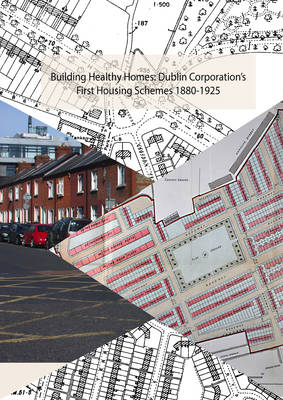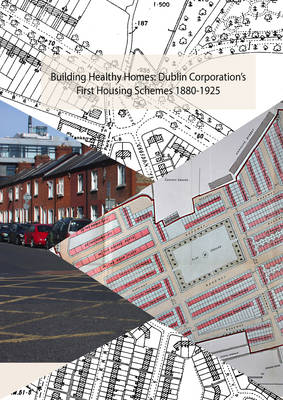
- Afhalen na 1 uur in een winkel met voorraad
- Gratis thuislevering in België vanaf € 30
- Ruim aanbod met 7 miljoen producten
- Afhalen na 1 uur in een winkel met voorraad
- Gratis thuislevering in België vanaf € 30
- Ruim aanbod met 7 miljoen producten
Zoeken
Building Healthy Homes
Dublin Corporation's First Housing Schemes, 1880-1925
John Brady
Hardcover | Engels
€ 31,45
+ 62 punten
Omschrijving
During the 20th century, Dublin Corporation transformed the urban landscape of Dublin. Its many housing developments sought to end a housing and public health crisis of immense proportions, the legacy of the nineteenth century. Its early engagement with the housing crisis was tentative and involved mostly small inner city schemes, many of which are unknown to present-day Dubliners. Yet, these schemes were built well and most continue to be lived in and appreciated. This book is a commemoration and an analysis of the early schemes from the 1880s to the late 1920s. These are examined in some detail and the book is comprehensively illustrated with maps, photographs, and block plans. Housing policy evolved during this time and the reader will learn that the issues faced and the solutions found remain relevant to the present day. The reader will also meet many of the significant people who shaped the city, such as Charles Cameron, H.T. O'Rourke, and P.C. Cowan. The text ends with a detailed account of Marino and Drumcondra. These schemes, especially the former, represent the culmination of policy development and were seen as models for the future.
Specificaties
Betrokkenen
- Auteur(s):
- Uitgeverij:
Inhoud
- Aantal bladzijden:
- 300
- Taal:
- Engels
Eigenschappen
- Productcode (EAN):
- 9780950051260
- Verschijningsdatum:
- 1/10/2021
- Uitvoering:
- Hardcover
- Formaat:
- Genaaid
- Afmetingen:
- 185 mm x 254 mm
- Gewicht:
- 1247 g

Alleen bij Standaard Boekhandel
+ 62 punten op je klantenkaart van Standaard Boekhandel
Beoordelingen
We publiceren alleen reviews die voldoen aan de voorwaarden voor reviews. Bekijk onze voorwaarden voor reviews.











